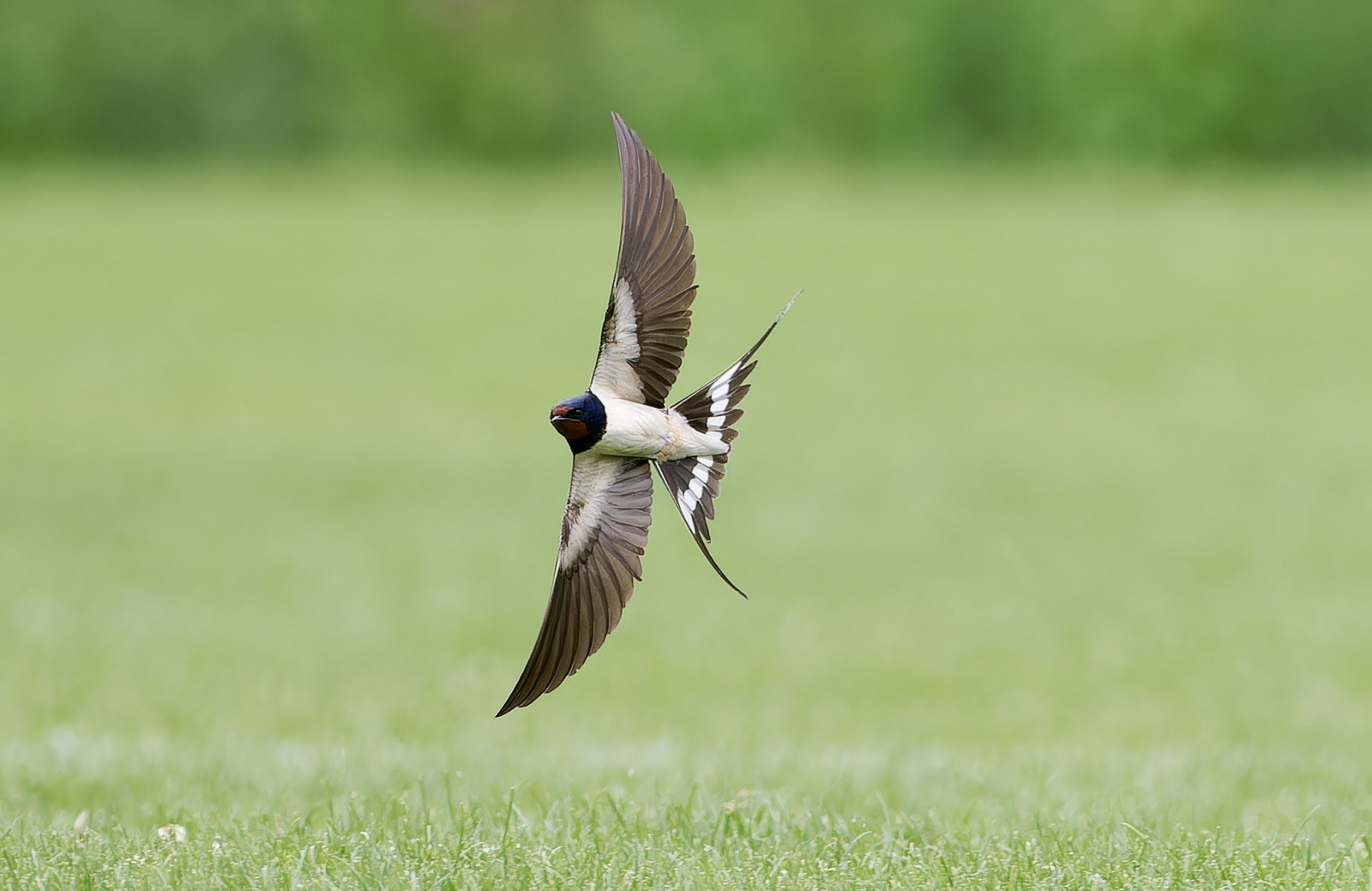Charger images
Les formats d'image autorisés sont de type jpeg, png ou gif
La taille maximale du fichier doit être de 20MB


This former RAF station near Grimsby boasts the lovely sound of summer in the warmer months. Featuring song displays from a variety of species.
The RAF station opened in 1933 as a small civil airport. In 1940 it was taken over by the Royal Air Force under the command of 1 Group, Bomber command. The site was home to the famous Lancaster Bomber throughout the Second World War. The station was closed in 1952 and the wildlife started to take over. Today, the old concrete runway is still visible and members of the public are free to walk around the site. With its overgrown foliage it is home to many singing Bruant jaune in the summer months. You can regularly see them perched on top of the bushes along the edge of the old runway.
Also among the songsters are Alouette des champs, Merle noir and a good number of tit species. It's also a great location to spot Faucon crécerelle perched on the old hanger and Hirondelle rustique, zipping through the fields. This site is nestled very quietly away but is a true hidden gem in the local area.
The Old RAF station is located 4 miles south of Grimsby. If you're coming from Grimsby, you want to follow the A16 towards Louth. As you exit the Toll Bar roundabout there it a small car park on the right just opposite the turn for Halton Le Clay. Here you can find parking space next to the RAF memorial. Click on the P in the map for directions to the car park. The circular walk indicated on the map is about 2,5 mile (4 km).
You can comforatble walk around the small site and it is accesible to wheelchair users. Some areas however, may be off limits for a wheelchair as they can become very overgrown.
Votre feedback sera transmis à l’auteur.rice de cette zone et à l’équipe éditoriale de Birdingplaces, qui l’utiliseront pour améliorer la qualité des informations. (Vous souhaitez publier un commentaire visible en bas de page ? Fermez cette fenêtre et choisissez l’Option 1 : « Publier un commentaire, un conseil ou une observation ».)
Veuillez fournir des suggestions d'améliorations ou d'ajouts au texte de ce site ornithologique.
Veuillez fournir vos suggestions d'améliorations ou d'ajouts à la carte.
Veuillez fournir des suggestions d'améliorations ou d'ajouts à la liste des oiseaux.
Cliquez sur l'icône de l'oiseau () Insérez les noms d'oiseau dans votre langue. Ils seront automatiquement traduits pour les autres usagers !